Space Verdict
Fast, sharp, and versatile, the Canon RF 15-35mm f/2.8L IS USM lens is one of the best lenses for Canon RF cameras that money can buy.
Pros
- +
Highest quality L-Series glass
- +
Sleek, portable design
Cons
- -
Expensive
- -
Softer edges at f/2.8
Why you can trust Space.com
There are four main aspects a lens should have for astrophotographers that want to capture wide-field photographs: a useful focal length, a wide aperture to let in the light, good optical clarity, and flexibility. The Canon RF 15-35mm f/2.8L IS USM lens ticks every box and more, especially when used with one of the best cameras for astrophotography.
Its wide aperture of f/2.8 is perfect to capitalize in low light situations and it stays constant throughout the 15-35mm zoom range, making it perfect for easy recomposing of shots without affecting camera settings. Incredibly sharp and with a machined finish to absolute perfection, everything about this lens feels premium. Smooth control rings on the barrel and a narrow aesthetic make the lens versatile and portable in equal measure.
Type: Ultra-wide zoom
Compatibility: Canon RF mount
Focal range: 15-35mm
Aperture range: f/2.8 constant
Thread size: 82mm
Weight: 840g
When paired with a compatible RF Canon body, it can deliver up to 8 stops of Image Stabilization (IS) but even without, it can prop up handheld low-light shooters by offering five stops of IS.
There have been plenty of other iterations of this type of ultra-wide zoom lens, notably the Canon EF 16-35mm f/2.8L III USM designed for DSLR camera bodies but few come close to this lens in terms of sharpness, precision engineering, and portability. That's why it sits among the best lenses for astrophotography today.
Canon RF 15-35mm f/2.8L IS USM lens review: Design
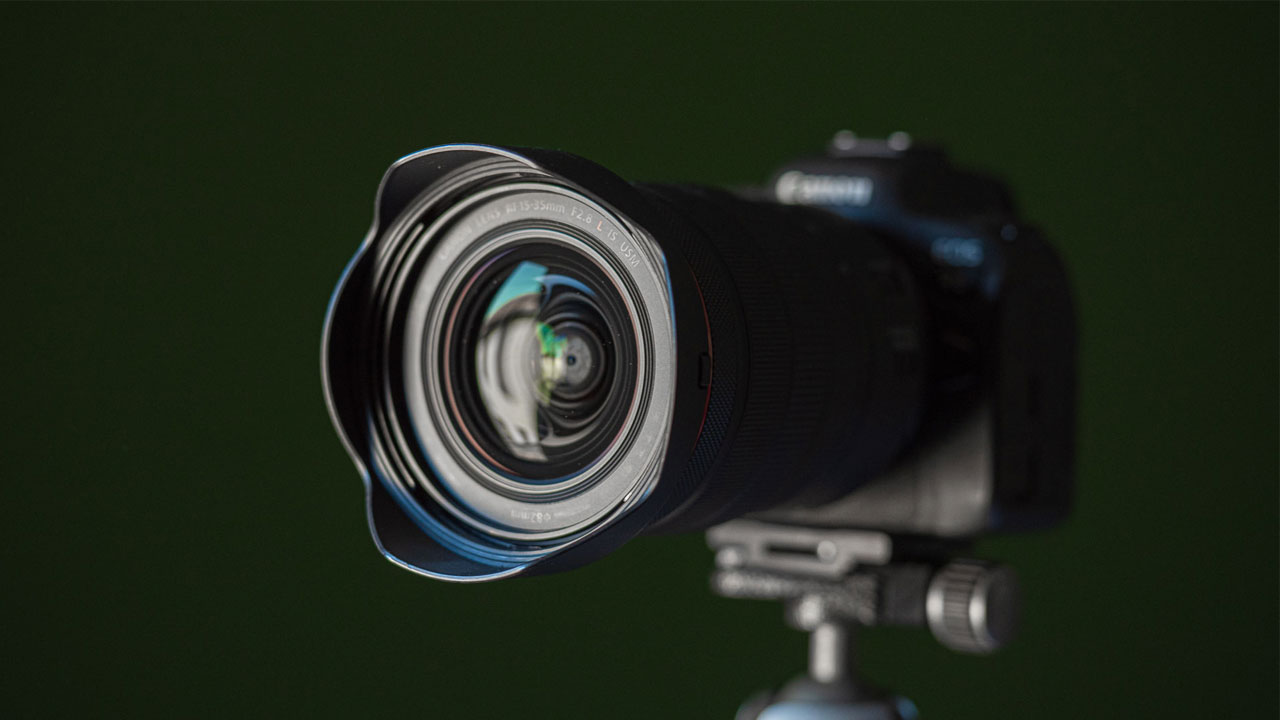
What we really love about the Canon RF 15-35mm f/2.8L IS USM lens is how simple the design is. There are only two buttons on the lens itself, controlling both autofocus/manual focus and the stabilizer. They are both slim in profile, with only four small notches on each button protruding slightly to provide ample grip to engage/disengage the buttons. This complements the rest of the sleek, smooth design of the lens which barely changes shape down the lens barrel, making it much easier to store away in camera bags of any size.
Due to the extreme 15mm ultra-wide end of this zoom, the front element has a whopping 82mm filter thread but the middle portion of the front element appears flattened. This isn’t anything to write home about in itself, but it does mean screw-in filters can be attached to the lens without the need for adapters.
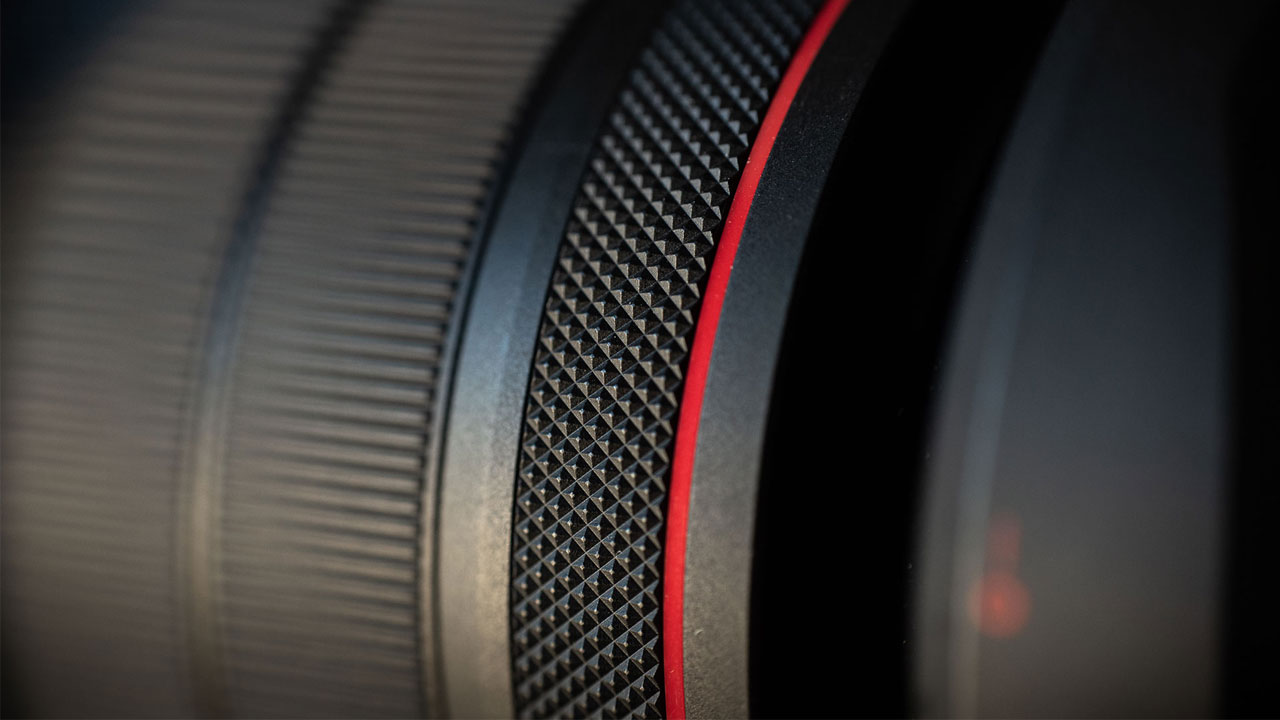
The focal length and focus rings are smooth in operation and whisper quiet making it ideal for time-lapse or video capture without the dreaded knocking and bumping during recording apparent in some other zoom lenses. The lens control ring is just as smooth but features soft clicks when revolving in order to help adjust camera control settings such as aperture, shutter speed, or ISO.
Breaking space news, the latest updates on rocket launches, skywatching events and more!
Canon RF 15-35mm f/2.8L IS USM lens review: Performance

We tested the Canon RF 15-35mm f/2.8L IS USM combined with the Canon EOS R6 and found impressive autofocusing speed with incredible accuracy. Images were razor sharp throughout with edge sharpness only dropping off when shooting wide open at f/2.8. This is something of concern since the lens would likely be shot wide open for astro work, but even though there is focus falloff in these areas it isn’t enough to ruin a photograph.
When reviewing images we noticed some chromatic aberration in the edges of the frame, especially around edges in the sky where there is greater contrast. However, this shouldn’t be an issue for astrophotography use unless combining astro work with light painting of foreground elements or other such off-camera lighting and was only really noticeable when zoomed in to 400%.
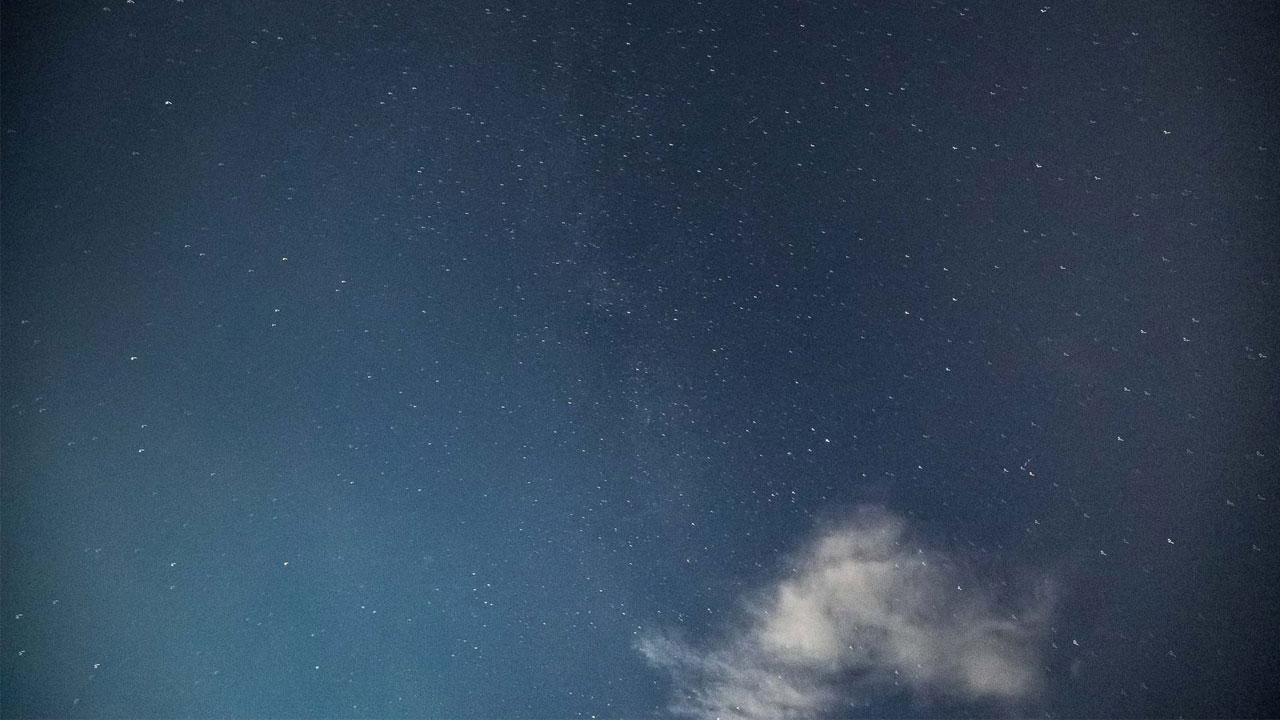
Generally, for astro work, we keep image stabilization off as we work with tripods that keep the camera steady. Combining the tripod and image stabilization can, in some cases, cause erroneous blurring. But should you want to use this lens in low-light conditions, for example handheld shooting of the moon as it rises, the RF 15-35mm f/2.8L IS USM features five stops of Image Stabilization. This can be combined with any of Canon’s RF mount cameras that have In-Body Image Stabilization up to a maximum of 8 stops. That means you likely won’t need any kind of camera rig or gimbal to steady the shot.
Canon RF 15-35MM F2.8L IS USM lens review: Should you buy?
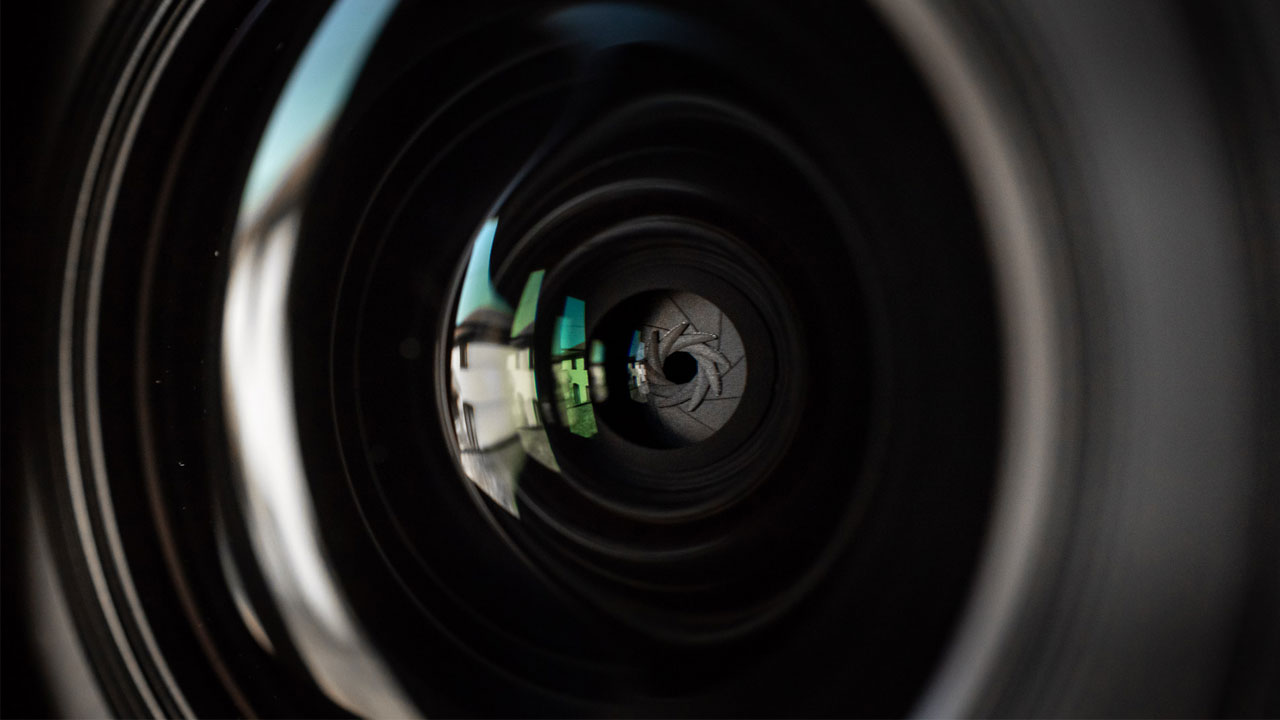
The 15-35mm zoom range is incredibly useful for any form of photography because it offers a wide angle of view at its widest, fitting in plenty of the scene where other lenses struggle, but it’s also capable of zooming in on certain subjects when required. When combined with the RF 24-70mm f/2.8L IS USM and RF 70-200mm f/2.8L IS USM the RF 15-35mm f/2.8L IS USM forms a trinity of lenses that covers all of the most commonly used focal lengths.
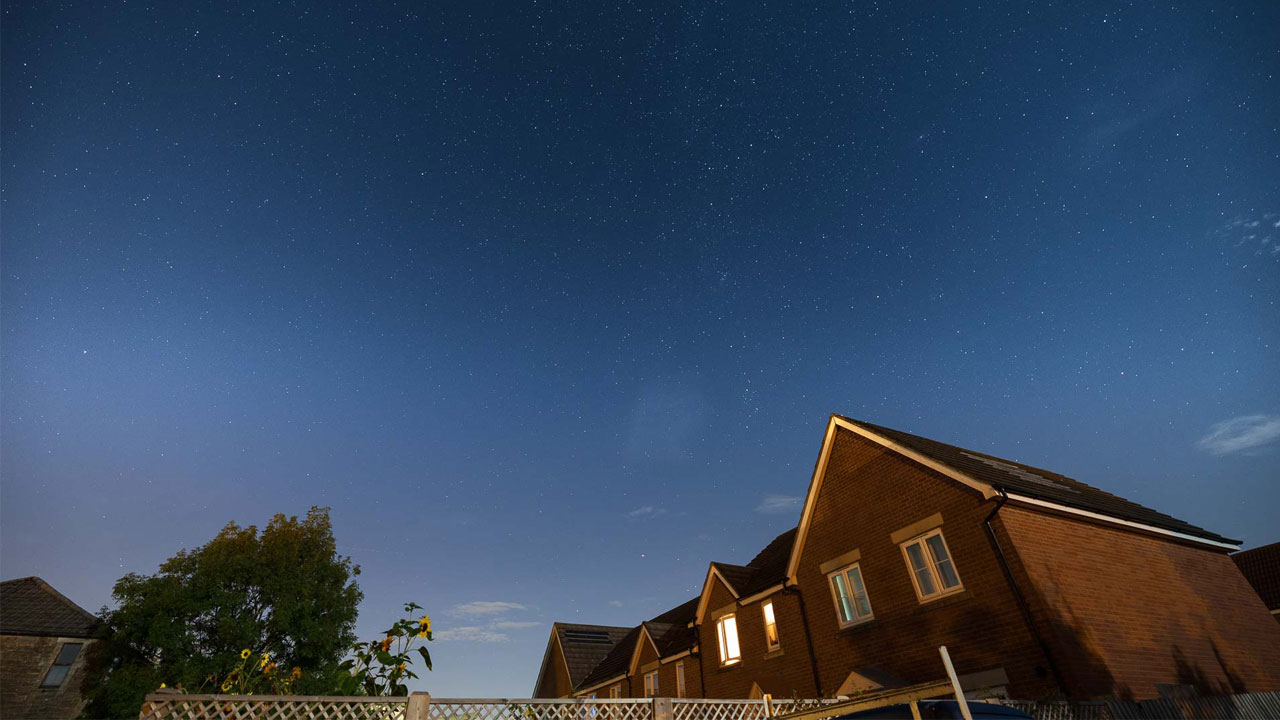
Thanks to the constant maximum wide aperture of f/2.8 you can recompose astrophotographs without having to alter any of the other camera settings during shooting meaning more consistently throughout. It also performs well in normal settings during the day, especially for landscape and reportage.
The RF 15-35mm f/2.8L IS USM is Canon’s best ultra-wide zoom lens which makes it a sound investment for photographers. Unfortunately, it’s also quite pricey so it may put off some that are on stricter budgets. Any gripes we have with the lens are minuscule as this lens really delivers on all counts, and should definitely be top of the wishlist for any RF-mount Canon users out there.
If this product isn't for you
Qualitatively, this lens seemingly can’t be beaten, but there are Canon shooters out there who will want or need to steer clear of it. For example, those on a budget should consider the cheaper Canon RF 14-35mm F4L IS USM which, although doesn’t offer as wide an aperture, does perform at an almost identical zoom range and gives excellently sharp results.
EF-mount ultra-wide zooms offer cheaper alternatives still and open up the possibility of third-party manufacturers. Canon’s own EF 16-35mm f/2.8L III USM is a good option here but EF lenses can only be used on RF-mount bodies with the aid of the Mount Adaptor EF-EOS R.

Jase Parnell-Brookes is the Managing Editor for e-commerce for Space and Live Science. Previously the Channel Editor for Cameras and Skywatching at Space, Jase has been an editor and contributing expert across a wide range of publications since 2010. Based in the UK, they are also an award-winning photographer and educator winning the Gold Prize award in the Nikon Photo Contest 2018/19 and named Digital Photographer of the Year in 2014. After completing their Masters degree in 2011 and qualifying as a teacher in 2012, Jase has spent the last two decades studying and working in photography and publishing in multiple areas, and specializes in low light optics and camera systems.

